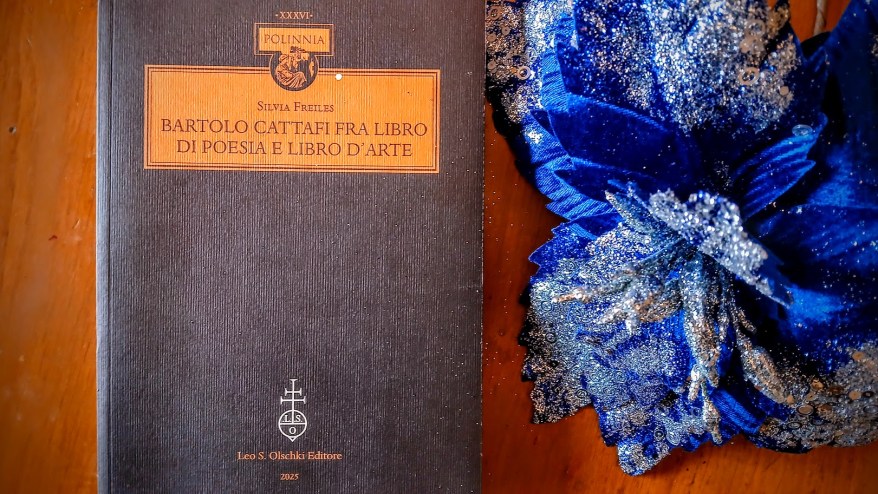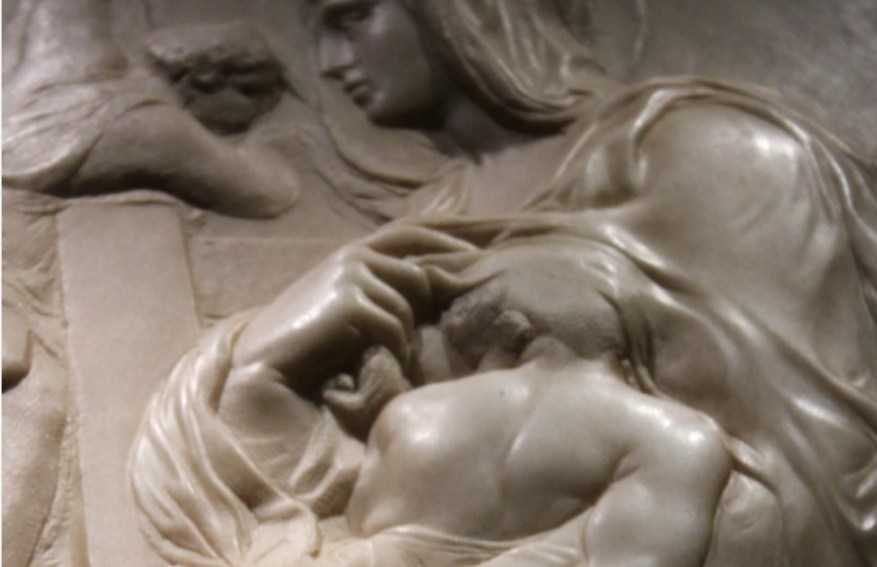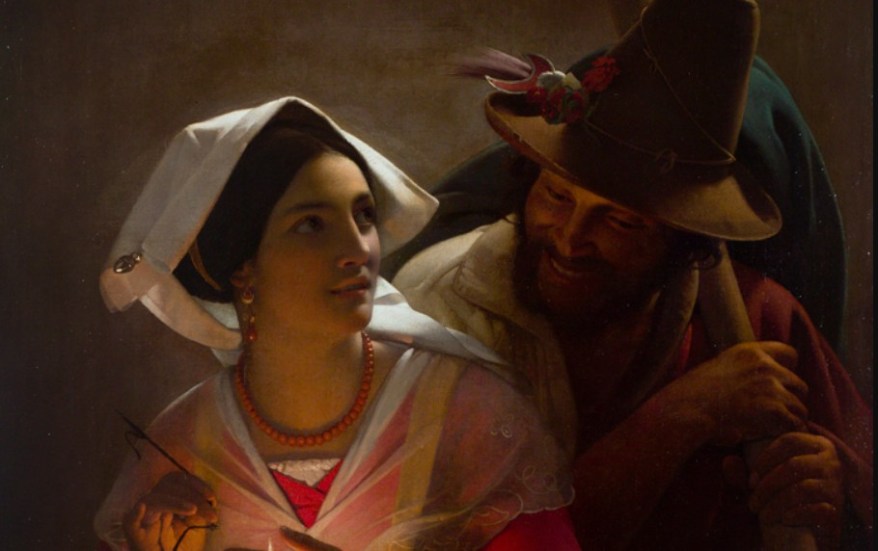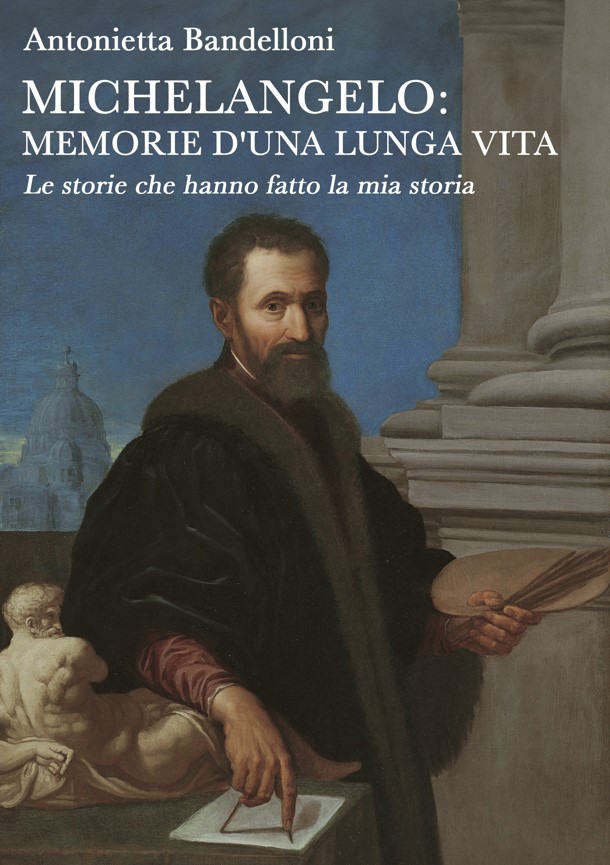La Scultura del giorno: il Nilo dei Musei Vaticani
La scultura del giorno che vi propongo oggi è il Nilo, grandiosa opera in marmo accompagnata da sedici putti custodita nel Braccio Nuovo dei Musei Vaticani risalente a I o II secolo d. C.
La scultura fu rinvenuta nel 1513 nella zona di Campo Marzio, a Roma. Probabilmente faceva parte dell’Iseo Campense, il più grande santuario dedicato a Iside e Serapide, le divinità egizie.
Papa Leone X de’ Medici la fece collocare nel cortile del Belvedere in Vaticano e fu studiata da un gran numero di artisti.
Il fiume Nilo venne scolpito come un uomo di mezza età semi disteso su di un fianco. Con la mano sinistra sostiene una cornucopia ricca di grappoli d’uva mentre nell’altra tiene un mazzo di spighe di grano. Proprio le spighe, oltre ad essere un chiaro riferimento al prodotto agricolo principale prodotto dai campi in Egitto, è anche legato al culto del dio Osiride, divinità legata ai defunti.
I chicchi del grano infatti, seminati poi mietuti e raccolti, simboleggiano il ciclo perpetuo della vita e della morte.
Il Nilo ha inoltre il capo coronato con fiori e frutti tipici dell’Egitto, allusione alla fertilità dei campi attigui al corso del fiume assicurata dagli straripamenti periodici.
La sfinge, palese riferimento all’Egitto, aiuta a sostenere il busto dell’uomo. Se osservate con attenzione, nella composizione troverete anche animali provenienti da quella zona del mondo come l’ippopotamo o i coccodrilli circondati dai putti.

Il Nilo è rappresentato assieme a sedici vivaci putti che alludono direttamente a sedici cubiti d’acqua: il livello raggiunto dal fiume durante la stagione delle inondazioni.
Probabilmente la scultura si ispira a una scultura del fiume monumentale, realizzata in basalto nero. Era un capolavoro assoluto dell’arte ellenistica alessandrina che Plinio il Vecchio descrisse all’interno del Foro della Pace.
Dovete sapere che la grande scultura allegorica del Nilo fu una di quelle opere trafugate dalle truppe napoleoniche in Vaticano nel 1797.
Fu Canova su incarico papale che con la sua raffinata diplomazia riuscì a far rientrare nei Musei Vaticani questo capolavoro assieme ad altre preziosissime opere.
Il governo francese non ne voleva sapere di restituire il Nilo tanto che aveva avanzato la proposta di scambiarlo con la colossale opera raffigurante Napoleone come Marte Pacificatore scolpita dallo stesso Canova, mai piaciuta all’imperatore.
Per il momento il sempre vostro Michelangelo Buonarroti vi saluta dandovi appuntamento ai prossimi post e sui social.
Sculpture of the day: the Nile of the Vatican Museums
The sculpture of the day that I propose to you today is the Nile, a grandiose marble work accompanied by sixteen putti kept in the New Wing of the Vatican Museums dating back to the 1st or 2nd century AD. C.
The sculpture was found in 1513 in the Campo Marzio area, in Rome. It was probably part of the Iseo Campense, the largest sanctuary dedicated to Isis and Serapis, the Egyptian deities. Pope Leo
The Nile River was sculpted as a middle-aged man lying on his side. With his left hand he holds a cornucopia full of bunches of grapes while in the other hand he holds a bunch of ears of wheat. The ears, in addition to being a clear reference to the main agricultural product produced by the fields in Egypt, are also linked to the cult of the god Osiris, a deity linked to the deceased.
In fact, the grains of wheat, sown, then reaped and harvested, symbolize the perpetual cycle of life and death.
The Nile also has its head crowned with flowers and fruits typical of Egypt, an allusion to the fertility of the fields adjacent to the river’s course ensured by periodic overflows.
The sphinx, a clear reference to Egypt, helps to support the man’s torso. If you look carefully, in the composition you will also find animals from that area of the world such as the hippopotamus or crocodiles surrounded by cherubs.
The Nile is represented together with sixteen lively cherubs which directly allude to sixteen cubits of water: the level reached by the river during the flood season.
The sculpture is probably inspired by a monumental river sculpture, made of black basalt. It was an absolute masterpiece of Alexandrian Hellenistic art that Pliny the Elder described inside the Forum of Peace.
You should know that the large allegorical sculpture of the Nile was one of those works stolen by Napoleon’s troops from the Vatican in 1797.
It was Canova on papal commission who, with his refined diplomacy, managed to have this masterpiece returned to the Vatican Museums together with other very precious works. The French government did not want to know about returning the Nile, so much so that it had put forward the proposal to exchange it for the colossal work depicting Napoleon as Mars the Peacemaker sculpted by Canova himself, which the emperor never liked.
For the moment, your always Michelangelo Buonarroti greets you and will meet you in the next posts and on social media.

Sostienici – Support Us
Se questo blog ti piace e ti appassiona, puoi aiutarci a farlo crescere sempre più sostenendoci in modo concreto condividendo i post, seguendo le pagine social e con un contributo che ci aiuta ad andare avanti con il nostro lavoro di divulgazione. . ENGLISH: If you like and are passionate about this blog, you can help us make it grow more and more by supporting us in a concrete way by sharing posts, following social pages and with a contribution that helps us to move forward with our dissemination work.
8,00 €
-
Bartolo Cattafi: fra libro di poesia e libro d’arte. La recensione
Nuova lettura. Bartolo Cattafi fra libro di poesia e libro d’arte di Silvia Frailes, pubblicato da Olschki Editore, esplora il legame unico tra poesia e arti visive. Cattafi non è solo poeta: i suoi libri diventano vere opere d’arte, dove parola, immagine e forma dialogano…
-
La Madonna della Scala: il mio primo capolavoro
🇮🇹La Madonna della Scala, custodita oggi di consueto a Casa Buonarroti, è la mia prima opera scultorea arrivata fino ai vostro giorni. Avevo sedici anni quando terminai di metter mano a quello stiacciato che imita ma oltrepassa lo stile di Donatello… 🇬🇧The Madonna della Scala, now housed as usual at Casa Buonarroti, is my first…
-
La Natività in costume romano di Jean Baptist Lodewyck Maes
🇮🇹 Il sacro diventa quotidiano. Nella Natività in costume romano, Jean Baptist Lodewyck Maes porta la nascita di Cristo nella Roma dell’Ottocento. Un messaggio universale, raccontato con volti e abiti familiari… 🇬🇧The sacred becomes everyday. In the Nativity scene in Roman costume, Jean Baptist Lodewyck Maes brings the birth of Christ to 19th-century Rome. A…















opera straordinaria, maestosa e ricca di dettagli. Un corpo perfetto, se non che lo sguardo è perso nella sua inespressività, probabilmente voluta
"Mi piace"Piace a 1 persona
chisà .-D
"Mi piace"Piace a 1 persona
rimango sempre senza parole quando ammiro questi capolavori che definire straordinari è semplicemente riduttivo!!!👏👏👏👏👏👍👍👍👍👍
"Mi piace"Piace a 1 persona
opera straordinaria
"Mi piace"Piace a 1 persona
Meraviglioso!
"Mi piace"Piace a 1 persona
davvero
"Mi piace""Mi piace"